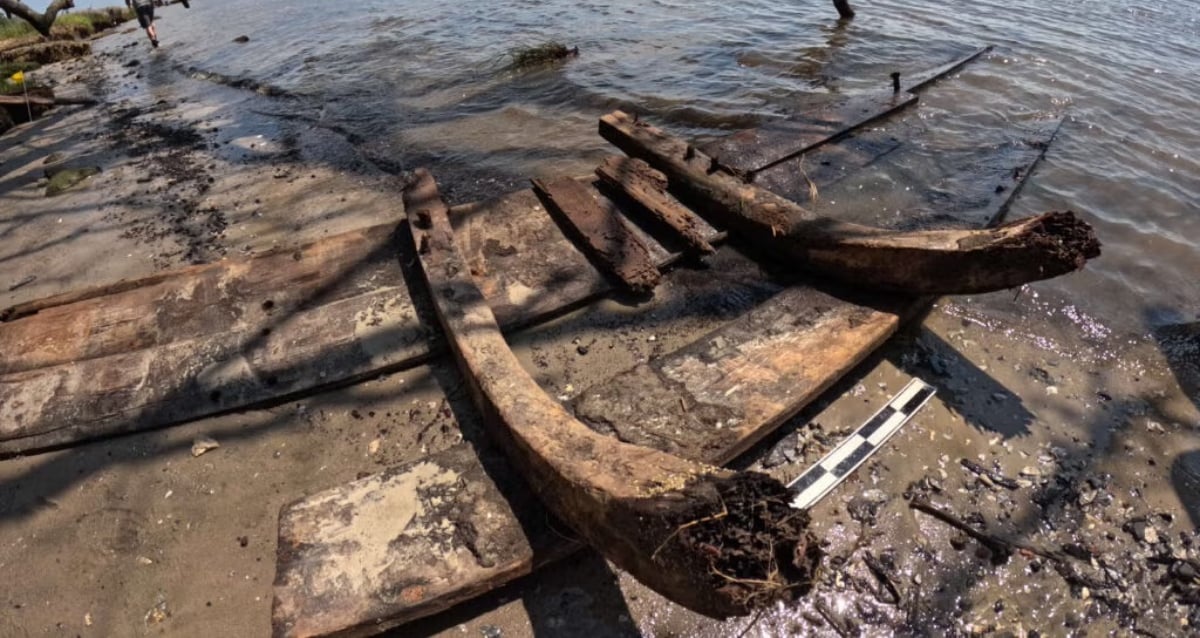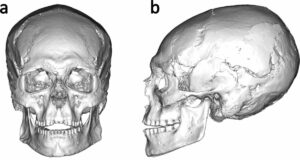Mystery Beneath the Waves: Could North Carolina’s Latest Find Be the Legendary Spanish Privateer Ship ‘La Fortuna’?
The Tragic Fate Of ‘La Fortuna’
Although relatively obscure in terms of maritime history, La Fortuna and its crew earned their own little slice of significance thanks to their particularly destructive footnote during King George’s War.
In September 1748, La Fortuna and a companion ship attacked the British colonial settlement at Brunswick Town, North Carolina. The privateers looted the place, and then — unfortunately for them, but luckily for the townsfolk — La Fortuna suddenly exploded, obliterating most of its crew but ensuring its place in history.
And while modern reporting often refers to the crew of La Fortuna as “pirates,” they were more technically “privateers.” Pirates operated outside the law; privateers, on the other hand, were authorized by governments to attack enemy ships during wartime. Privateering was, in a sense, legally sanctioned chaos.
Further Discoveries And Conservation Concerns
During the summer field school season, three other shipwreck sites were uncovered at the Brunswick Town/Fort Anderson State Historic Site (BTFA) waterfront.
Early analysis suggests one ship had been used for land reclamation at the waterfront, while another may have been a colonial flatboat — a watercraft that once transported people and goods between plantations and the port, similar to a ferry. The fourth wreck, meanwhile, was “barely exposed” and remains unidentified.
These discoveries may have been exciting for ECU archaeologists, but they also highlighted how at-risk the wrecks are. Ongoing erosion at BTFA from channel dredging, storms, and “dynamic wave energy” is continuing to cause substantial damage to the site’s shoreline. Erosion and strong waves threaten to drag the shipwrecks further under and scatter their remains.














Post Comment